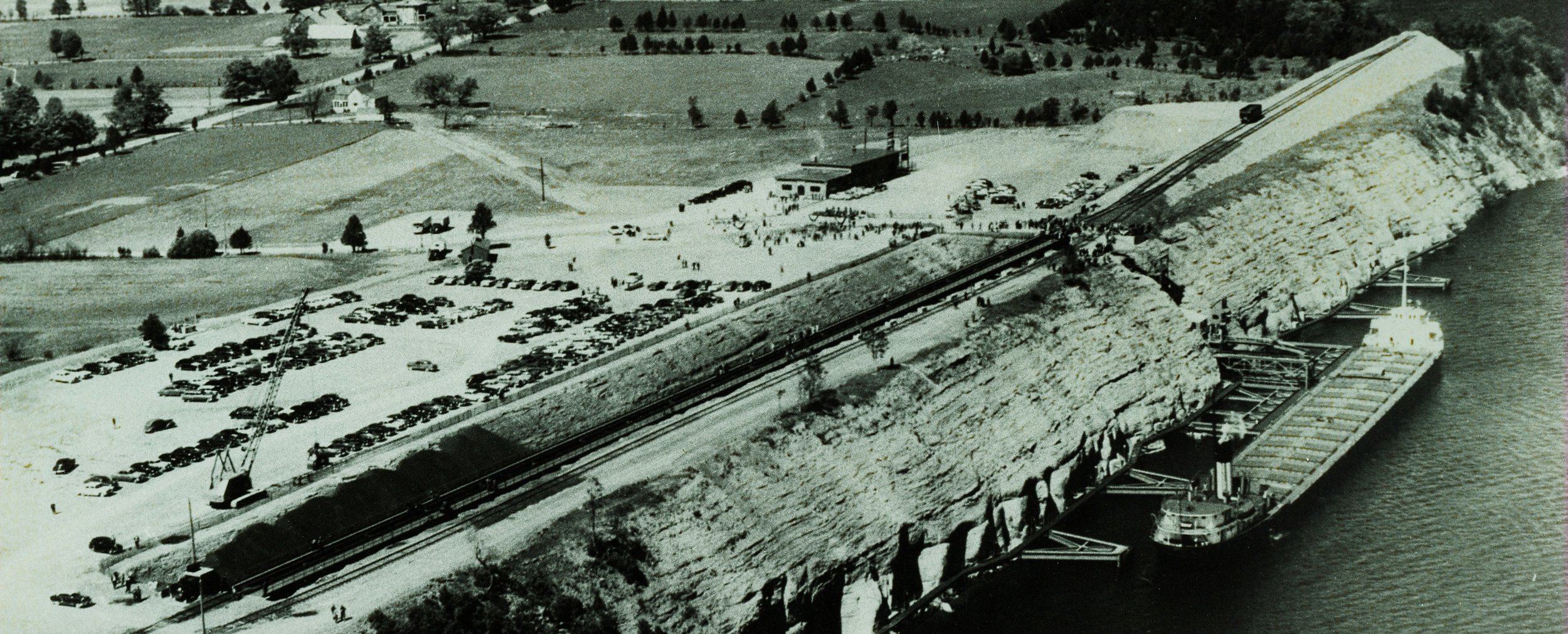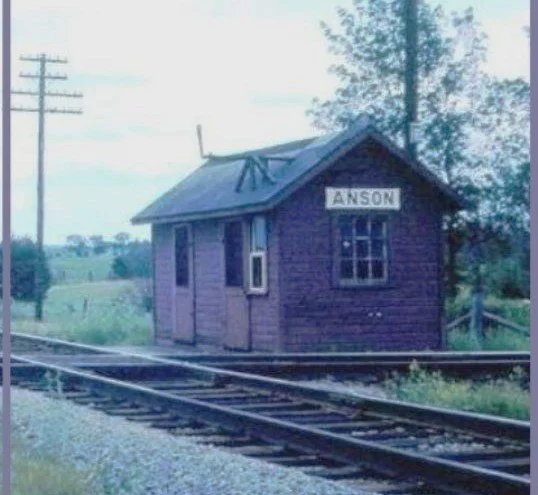THANKS FOR YOUR SERVICE, MR. LAIRD
/Having no idea of its origin, one of our readers recently sent us a photo of a locket inscribed
“PRESENTED SOLDIER’S WELCOME LEAGUE MARMORA, PTE JOHN LAIRD, #536315, 21ST BATTALION, APRIL 22, 1919
While today it sits on a shelf, a piece of WW1 memorabilia, it reminds us there is a story behind it, a story of life in Marmora, a call to war, of gratitude and, in this case tragedy.
Mr. John Laird came from Ireland, settling in Marmora in 1910, working for Dan Shannon at 20 Forsyth St. as a tin smith, a business he later took over after his return from the war. His enlisting for war service placed him in the 155th Battalion, but he was later moved the the 21st Battalion, which was the starting point of our search for details. We noticed he was not listed on the 21st Battalion website and with the help of Al Lloyd of Kingston, the omission was amended and now provides us with so many more details. (CLICK HERE)
BUT THAT’S NOT THE END OF THE STORY…..
John Laird returned from war and was shown appreciation for his service by the Marmora citizenry.
“On May 24, 1917 a meeting was held in the town hall to form a Welcome League. It was moved by S.B. Wright and seconded by T.E. Laycock that it be named "The Great War Marmora Soldier’s Welcome League". The object of the League was to suitably acknowledge the dead, wounded and those returning home from the Great War.
The League provided celebrations with suppers and dances, and presented each soldier with diplomas, and a ring or locket . John Laird would have attended with his wife, Pauline Grimshaw. Soon after, they took up residence in Campbellford, while spending the next thirty years working for Deloro Smelting and Refining Company. It was there that tragedy struck.
On July 18, 1950, John James Laird was accidentally killed in an industrial accident, his arm caught in a machine used for rolling steel. He left behind his wife and one daughter, Grace, and was buried at Little Lake Cemetery in Peterborough, where the grieving family had moved to.
And it was in Peterborough, in a neighbor’s house, where the locket was found.
































